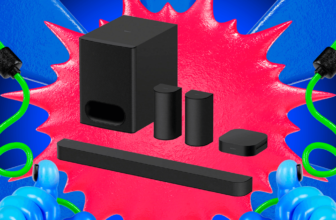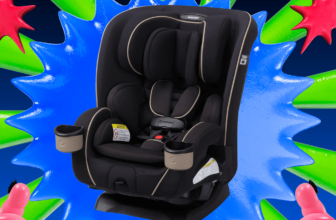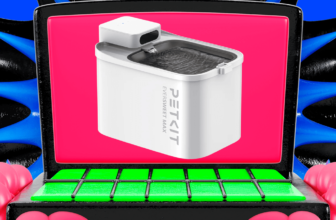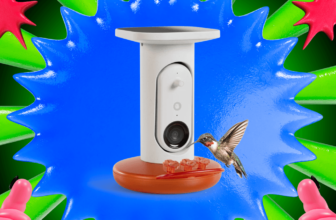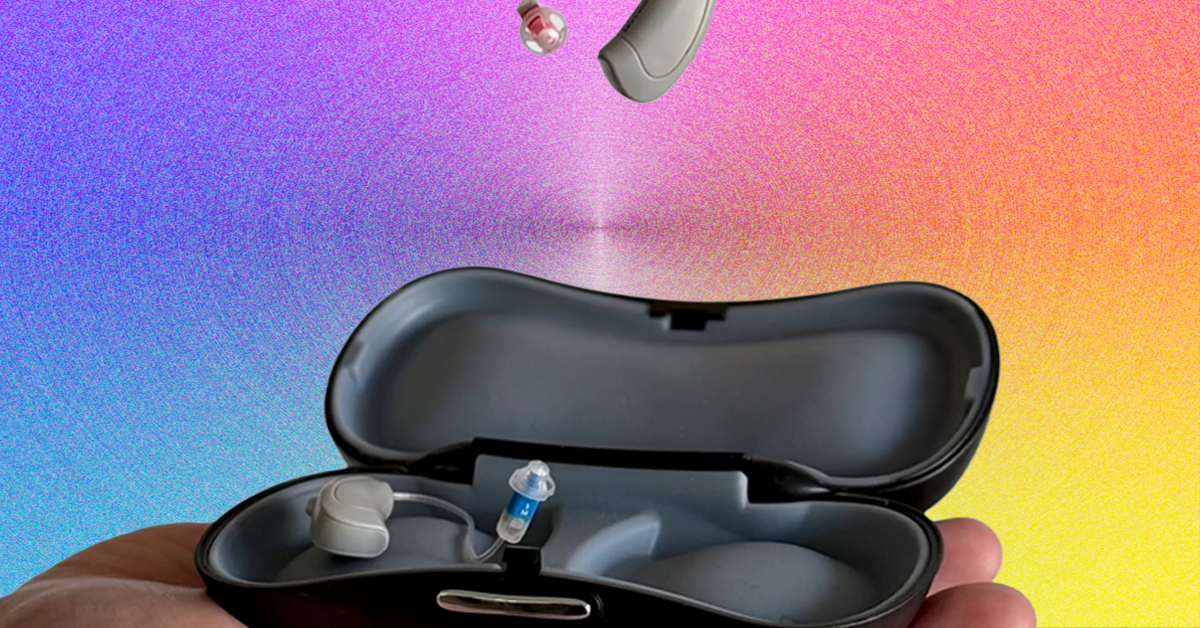
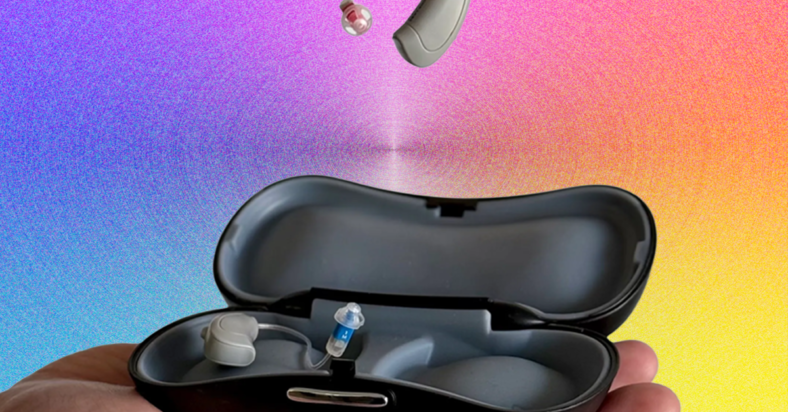
Concha Labs has been making over-the-counter hearing aids since 2017, marketing just one product—the Concha Sol.
The hearing aids have a familiar design, a classic behind-the-ear configuration with a simple rocker control on the back of each. Concha particularly touts its customizability: The Sol come in your choice of four colors, and can be configured with lead wires in four different sizes, though it should be noted that many competing hearing aids have lead wires that can be adjusted on the fly and replaced with larger or smaller ones.
At the time of your order, Concha works to convert the hearing aids to the size of your ears, skin tone, and the color of your hair (if you’re lucky enough to have any left), maximizing the likelihood that they’ll blend in and fit properly. I received the grey model with the longest available leads and measured the weight of these devices at 2.03 grams, which is very lightweight for behind-the-ear hearing aids.
Replaceable Batteries
The primary reason behind such a light weight is the Sol’s biggest downside: replaceable batteries. That’s a bit of a nonstarter in today’s hearing aid world, and it’s surprising that Concha Labs is still clinging to a fading power model that requires the user to fumble with sliding in a new pair of tiny batteries every 5 to 7 days. While replaceable batteries offer a far longer lifespan than even the best rechargeable cells (as well as the aforementioned lighter weight), they are still a hassle that few enjoy. (The last research I’ve seen, from 2021, showed that 70 percent of hearing aid users prefer rechargeable hearing systems.)
Assuming you’re OK with a replaceable battery system, the Concha Sol have a lot going for them. It starts with tuning. Concha does not use preset sound profiles like most OTC aids. Preset profiles are pretuned frequency waveforms based on thousands of historical hearing tests people have taken over the years. These audiograms are averaged, and a handful of representative audiograms are loaded onto the hardware. When you take an in-app hearing test, the app figures out which of these audiograms is closest to yours and loads the appropriate corrections into the hearing aid hardware. It’s not perfect, but for most users it’s good enough.
Concha has a built-in hearing test in its app, but it’s wholly unlike the typical hearing test, where you listen for pings at different frequencies and volumes until a full picture of your hearing loss develops. After some initial level-setting, Concha’s system, called Soundscope, asks you to listen (with each ear) to paired, repeated snippets of speech, then identify whether sample A or sample B sounds best. It’s like an eye exam, only for your ears.



